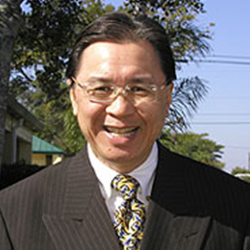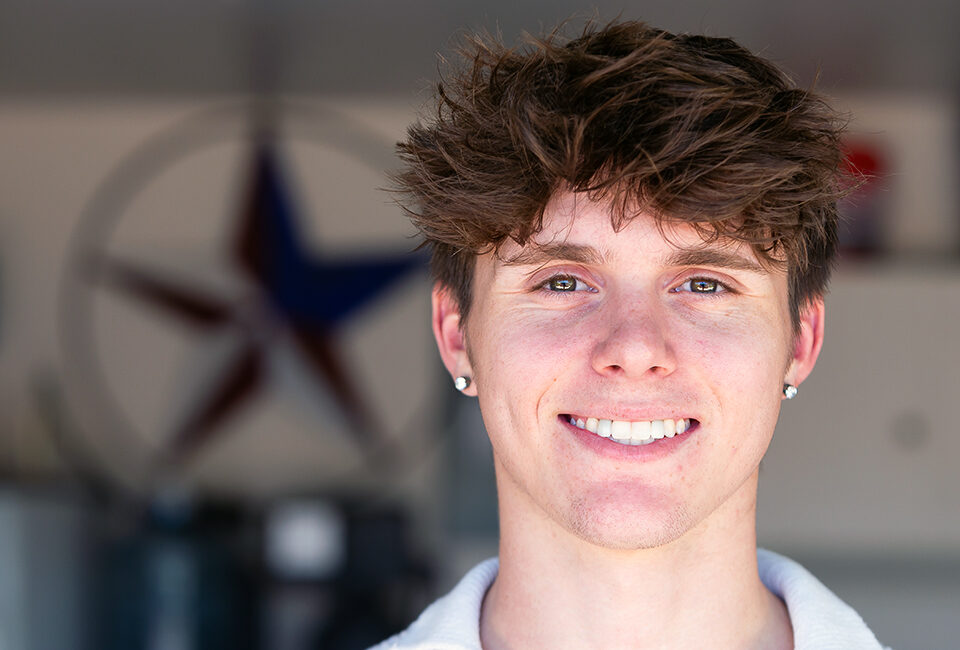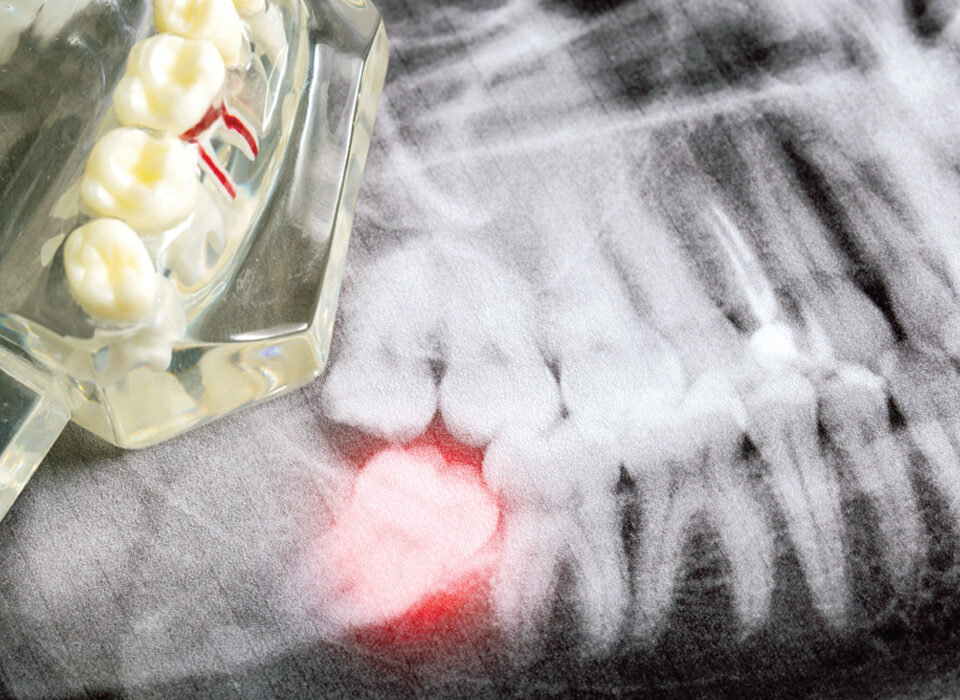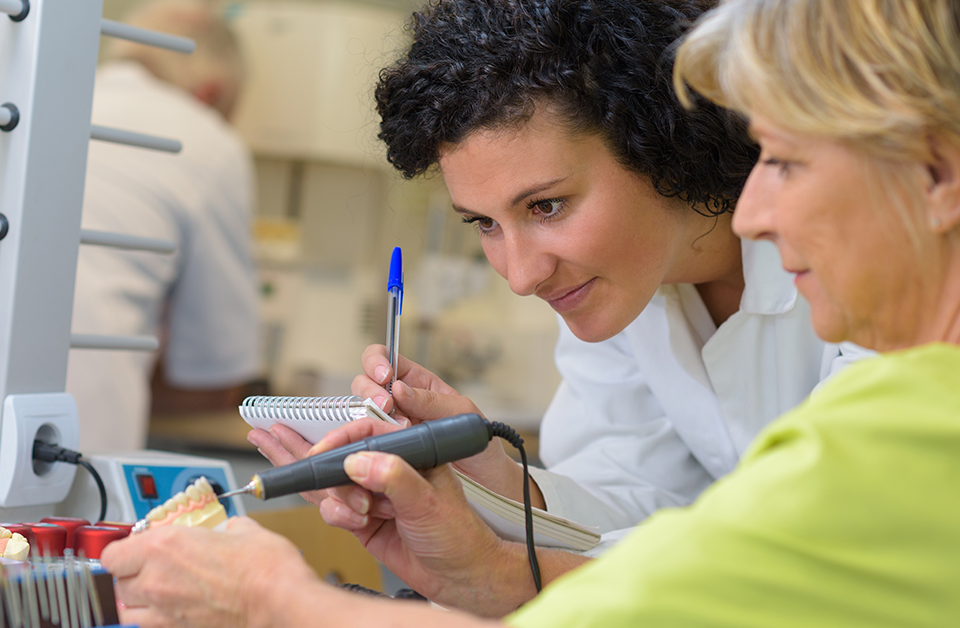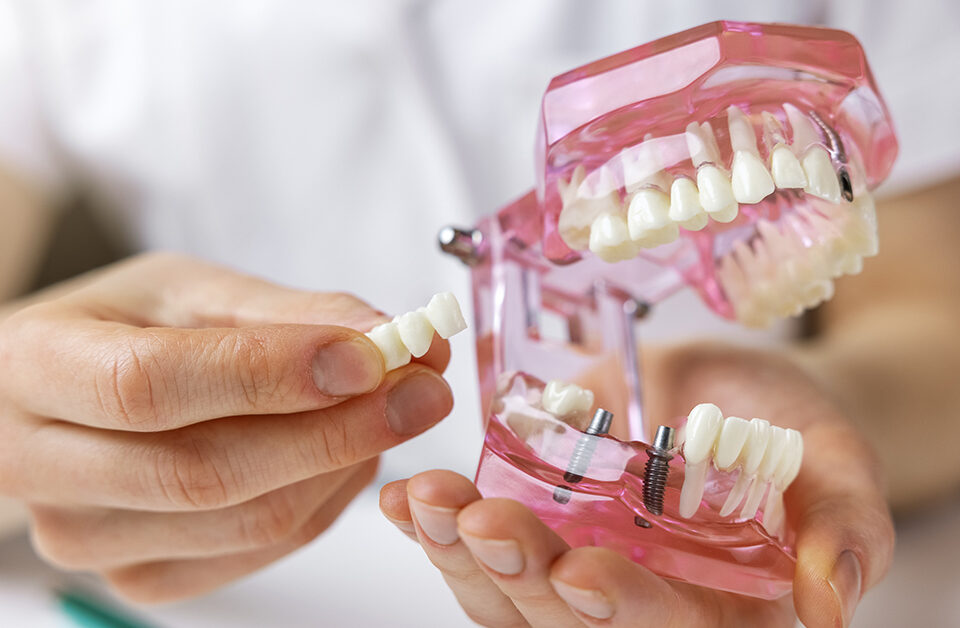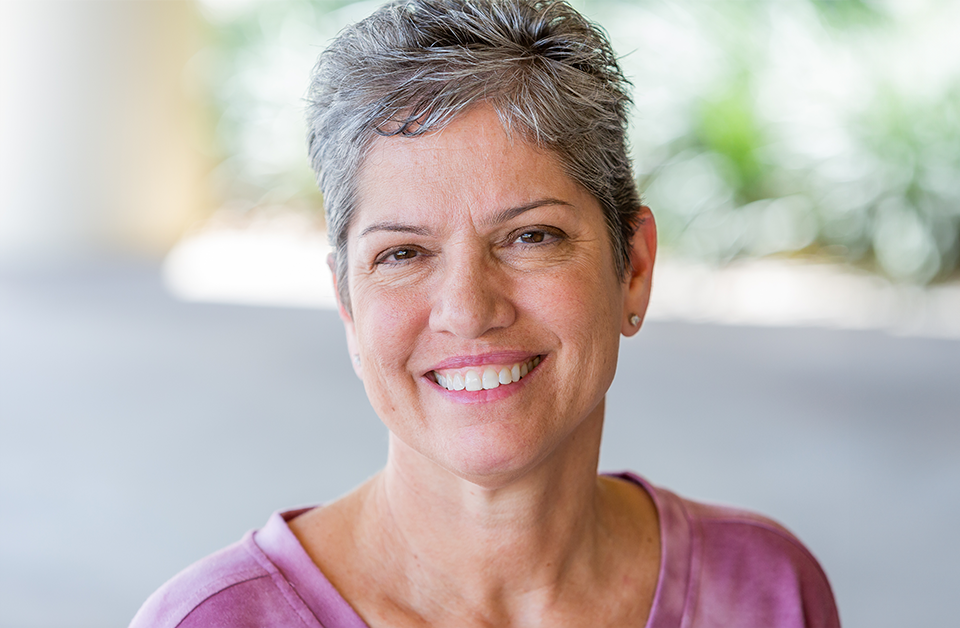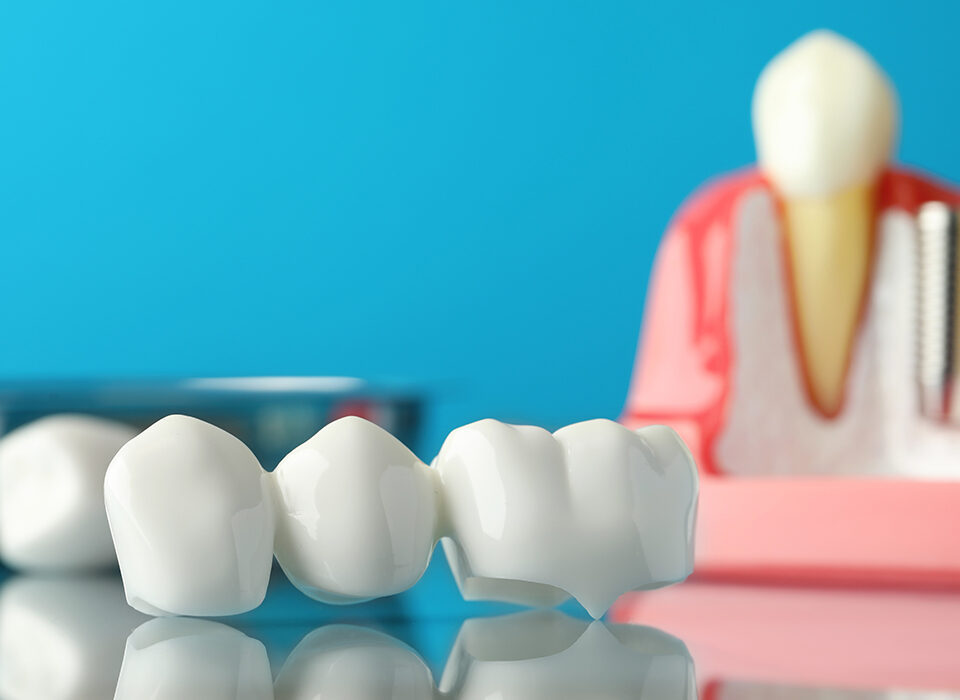

Jordan Pysz / ifoundmydoctor.com
This cannon is among the treasures Thomas salvaged from the wreck of a Spanish galleon.
When it sank to the bottom of the Florida Straits during a wicked hurricane in September 1622, the Spanish galleon Nuestra Senora de Atocha was carrying nearly $500 million worth of gold, silver and precious jewels.
Despite numerous attempts to salvage the riches and common goods onboard, it wasn’t until 1970 that a team of commercial divers, led by famed treasure hunter Mel Fisher, finally found the ship and began salvaging its long-lost treasure.
Thomas Heitl not only discovered some of that treasure, he managed to keep at least one very large piece of it for himself.
“I’ve got a 9-foot cannon from that galleon,” Thomas says proudly. “I found it in 25 feet of water while I was working for Mel Fisher’s Treasures, which owns the rights (to search) that shipwreck.
“I ran into Mel Fisher himself while in Wisconsin one year, and when he found out I was an old Navy diver, he recruited me and brought me down to Florida. I wound up working for him for a number of years, and we found a lot of bits and pieces.
“I found the cannon while diving with Mel’s son, Kim. We found two cannons, a 12-footer and a 9-footer. Kim kept the 12-footer, and I got the 9-footer, which I built a chassis for and then mounted it in my front yard.”
Now 79, Thomas still calls the sea his second home, but he no longer dives for sunken treasure. He simply fishes whenever possible. He lists a 300-pound goliath grouper and a 53-pound dolphinfish among the treasures he’s landed during those ventures.
The grouper, Thomas says, gave him quite a battle. It was nothing, though, compared to the fight he long waged with his oral health. That battle started when Thomas was in the Navy, and it wasn’t until just recently that he finally emerged as the victor.
“As a Navy diver, you need to have A-1 teeth because the pressure can cause your teeth to break if you have any cavities, cracks or fractures,” Thomas explains. “So, after becoming a diver, I had to have all my fillings replaced with some kind of lead alloy.
“That part was fine, but not long after I got out of the Navy, my teeth started falling apart. I had all kinds of problems with them and needed a lot of work done. Unfortunately, nothing really worked that well.
“I had a root canal done once, but that didn’t last. I also had a dentist make a bridge for me, but that didn’t hold up either. It was just back and forth like that for years, and I was not getting any real answers, which was quite annoying.
“I still ate whatever I wanted, but I always struggled to do it. It went on like that for years until I met Dr. Leong. And believe me when I tell you, that was one of the best discoveries I ever made.”
“Lifetime of Bad Habits”
Richard Leong Jr., DDS, first met Thomas a couple of years ago. During that visit, Dr. Leong discovered Thomas’ oral health issues were the result of much more than the changing out of old fillings.
“A lot of the patients I see come to me because of a lifetime of bad habits, and that was the case with Thomas,” Dr. Leong reports. “He’s a guy who likes a lot of sugar, likes his chocolate, who used to drink three Cokes a day, and it showed.
“When he came to me, he had a full upper denture and a partial lower denture because he had just two teeth left in his lower arch. But those teeth were not in good shape. One was abscessed, and both were full of cavities. He was quite frustrated with the situation, and he wanted to know what I could do for him.”
Dr. Leong told Thomas he could fix the lower denture but first wanted a “meeting of the minds” regarding Thomas’ oral health.
“I explained to him that he would have to change his habits,” Dr. Leong recalls. “He needed to start taking better care of his teeth because all the work I was going to do would be for naught if he didn’t. He agreed, and so we put together a treatment plan.”
That began with Dr. Leong and his staff educating Thomas on the best ways to take care of the two teeth he still had as well as the new teeth Dr. Leong was going to create for him.
Those new teeth would come in the form of a full lower denture secured by two dental implants and two specially designed attachments placed in the remaining bottom cuspids. After Dr. Leong performed a root canal on each tooth, the attachments, which have a ball and socket on the top, were cemented into place in the center of each root.
Dr. Leong also treated Thomas’ gums, which had become diseased.
The next phase of the treatment plan was to seat the dental implants.
Dental implants are root-shaped, screw-like bodies that are surgically seated in the jawbone. Once the implant is placed, new bone naturally grows around it to form the foundation for an abutment and replacement teeth.
The replacement teeth can be a crown that is cemented to or screwed onto the abutment, a partial bridge that can be affixed to one or more implants, or a full denture that can be fastened to a series of implants.
“Implants come in many different sizes,” Dr. Leong explains. “In Thomas’s case, he had a very thin amount of jawbone in an area in the back where I wanted to place the implants, so I needed to use a small diameter implant.
“Like the attachments, the implants have a ball and socket on the top that the denture snaps into. Two implants can adequately support a lower denture, so Thomas received added support from the two attachments.”
The denture is fabricated in a laboratory using specifications provided by Dr. Leong regarding the size, shape and color of the teeth. After waiting a few months for the implants to heal, Thomas received his new denture.
“It looks great,” Thomas enthuses. “I couldn’t be happier. Not only do my teeth look great, but they’re good and strong. Now I can eat anything I want without any problems at all. And thanks to Dr. Leong, I’m taking better care of my teeth.
“I wish I had met him years ago because he’s taught me so much about how to properly care for my oral health. I’m seeing Dr. Leong regularly now for cleanings and checkups, and I’m just ecstatic with all that he’s done for me.
“I can’t say enough good things about the guy. I’m so happy with him that I want to do something special for him. I promised him I’d take him fishing, and I will definitely keep that promise.”
A Clean Slate
While doctors, nurses and other medical specialist garnered most of the praise for the work they put in during the COVID-19 pandemic, the efforts of another group of essential hospital workers went largely unnoticed.
The housekeepers who cleaned and sanitized patient rooms and the attendants who transported patients and served meals were putting their lives on the line as well.
For 22 years, Diane Van den Avont’s job has been to make sure those less-recognized employees are in place and doing their duties in hospitals across the country.
“I’m a general manager of environmental services for a contract services company,” Diane explains. “I work in hospitals managing the cleanliness of the environment, which includes housekeeping, laundry, linen and things of that nature.
“I travel a lot in my job, and I did a lot of traveling during the early days of the pandemic as well, filling in for managers who had health issues or didn’t feel safe. I was in Austin, Texas, when COVID first hit, then went to Indianapolis. Now, I’m back in Florida.”
While Diane has spent the bulk of her career in Florida, she was also based in North Carolina for about six years. It was during the last two years of that stretch — and through no fault of her own — that her dental health became compromised.
“My problems all started with this one tooth, a lower right bicuspid,” Diane explains. “There were times when it became very sensitive, so I went to see a dentist. The dentist took x-rays and said, It really doesn’t look all that bad. I was told I didn’t need a root canal and could go to another dentist if I wanted, but the suggestion was just to wait and see what happened with it. That, in fact, was the dentist’s directive to me.”
Diane followed that instruction, but over the next two years the tooth became increasingly sensitive. By the time she moved to Florida, it had become a “constant source of irritation,” and she desperately wanted a solution.
“I was in a lot of pain, so I started searching for a dentist in my area,” Diane reports. “When I found Dr. Leong, I was intrigued by the great reviews he’d received, so I called his office and they agreed to take me in right away.”
Four on the Floor
Dr. Leong discovered that one of the causes of her increasing discomfort was a massive infection that spread throughout the lower right side of her jaw. He prescribed oral antibiotics.
Two weeks later, after the infection cleared, he reexamined Diane and discovered the enormous impact the infection had on her oral health.
In addition to destroying that one failing tooth, the infection also destroyed a large portion of the right side of Diane’s jawbone. Repairing the jawbone and replacing the tooth, Dr. Leong explained, would be a major undertaking.
“She had lost so much bone that we would first need to do a bone graft to make sure there was enough bone to support a dental implant,” he informs. “But the bone graft itself would require a special procedure.”
Designed to add bone where it has been lost, grafts can be done using cadaver bone, a synthetic bone substitute or bone material taken from the patient. Dr. Leong selected synthetic bone for Diane.
He also added platelet rich fibrin to speed up the bone-growing process. Platelet rich fibrin is obtained by drawing the patient’s blood and spinning it in a centrifuge to separate fibrin clot material, which is high in growth factors.
“When you mix the platelet rich fibrin with the grafting material, you get a much better bone graft,” Dr. Leong educates. “By using this technique, I was able to graft in this monstrous hole that the infection created.
“I had to use special barriers and suturing techniques to hold the graft in place, but by doing all of that I was able to lay down a new foundation that allowed her to replace the missing tooth with a new dental implant.”
Bone grafts typically take three to four months to heal and for bone to grow strong enough to support an implant. During that process, Dr. Leong treated a few other problems he found while examining Diane.
Gum disease was one of those concerns. Diane also had three missing or failing lower molars that she wanted to replace with implants, so Dr. Leong prepared the area around those teeth for implants.
Diane received the four implants in February 2020. Three months later, after the implants had begun to fuse with the bone, she received the abutments and, finally, the crowns that finished off the restoration project.
Today, Diane’s teeth are the healthiest they’ve ever been. The work Dr. Leong did and the advice he gave on how to properly care for her teeth are among the reasons.
“Dr. Leong is an incredible dentist,” Diane raves. “After I first went to see him and he found the infection, he called me every single day to check in with me to see how I was doing and to see if there was anything else he needed to do for me. He even gave me his cellphone number and said if the pain increased to call him right away. Who does that?
“Dr. Leong is much more than just a dentist who takes care of whatever problem you might have. He and his staff go the extra mile to make sure you are educated about how to properly care for your teeth so that you don’t run into problems in the future. I highly recommend him.”
Diane’s lone concern about Dr. Leong? That he will retire someday.
“I don’t think any other dentist can do what he did for me,” she says. “I literally don’t know what I would do if I didn’t have him to turn to.”
Diane’s photo courtesy of Diane Van den Avont.





